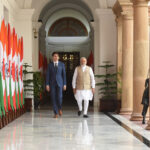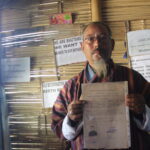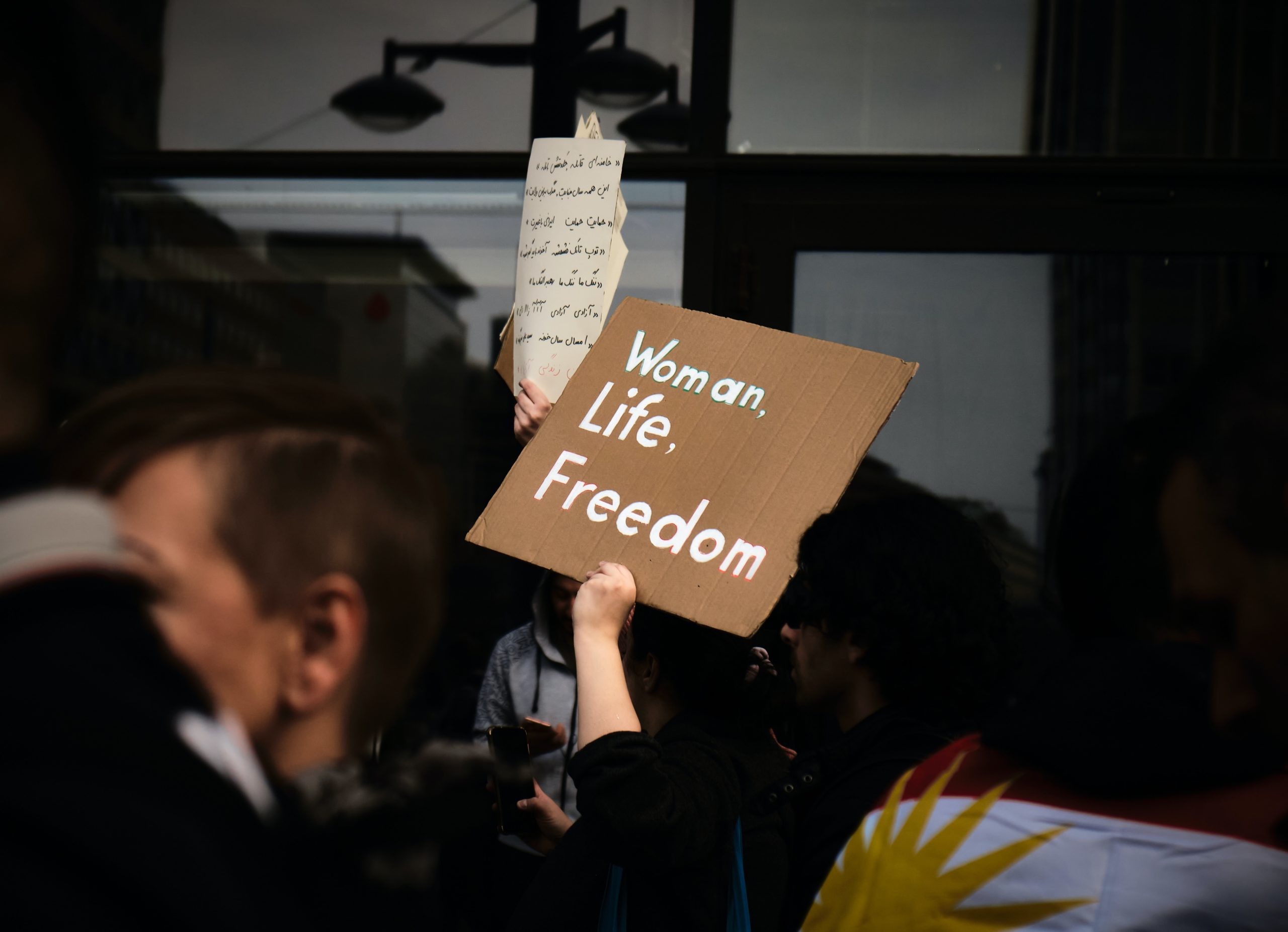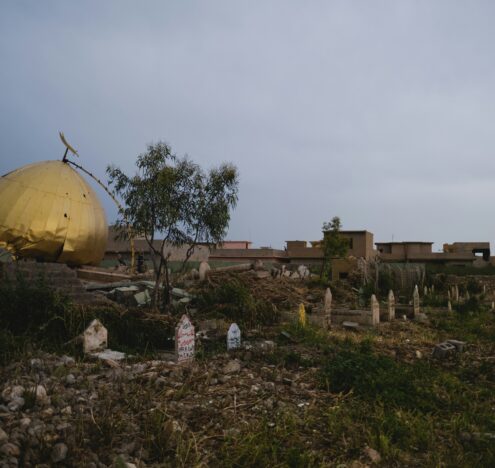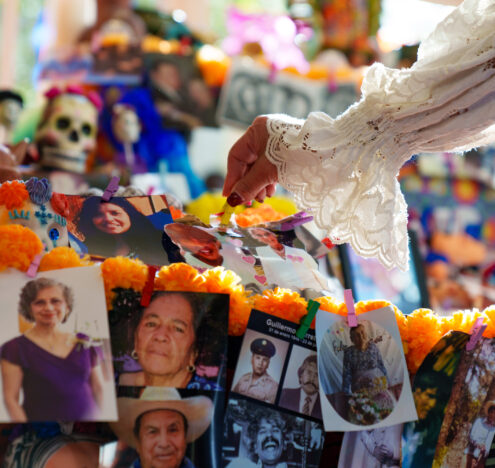As a child, I spent several years going to school in Kerman in south-central Iran. Even at a young age, the weirdness of going to school in a theocracy was clear. I remember being verbally reprimanded by a local religious leader once for dilly-dallying when we were asked to line up for prayers. My response? I asked him why there were not any female clerics.
The questions always start at an early age in Iran, as does the resistance to arbitrary rules. Ask any Iranians, especially women, who grew up in the country. This is why feminism and fighting for my rights came naturally to me. It was not because I am uniquely enlightened, but because even in a conservative city like Kerman, I was surrounded by women who stood up for themselves every single day.
I watched women, uncowed by assault rifle-toting Basij, flaunt their nail polish, push their hijabs back, or take them off whenever possible. I watched them push themselves at school and work to be all they could be, even when they were told they should accept less at every turn.
THE NARRATIVE THAT HURTS EVERYONE
Over the last few weeks, the entire globe has witnessed a glimpse of what I’ve known my whole life: Women in Iran are not to be messed with. Chants of “Zan, Zendegi, Azadi” — “Women, Life, Freedom” — are reverberating through the streets.
Feminism in Iran has been present throughout its history but continuously ignored or silenced. We have to call out this erasure. And it is essential to point out that this erasure wasn’t accidental. It was inspired by destructive, foreign colonial thinking and domestic patriarchy, neither of which are unique to Iran. I think back to the work of the scholar Leila Ahmed, who tells us of Lord Cromer, a British consul general in Egypt in the late 1800s who loudly condemned the veil and Islam’s treatment of women while also being a leader of the men’s league for opposing women’s suffrage.
Cromer’s duplicitous move to cast himself as the voice for “voiceless” women is a dynamic that endures today and one that many of us know too well. Portraying women in Iran and around the world as “powerless” and in need of “saving” allows for an insidious “us” and “them-ing”: the “us” being those civilized in the west and the “them” being the savage brown men cast as animals and brown women who can either do nothing or know no better.
Their chants have also made it clear that their demands go beyond the injustice of compulsory hijab to a deeper rage at the oppression they face daily at the hands of the Iranian government.
It’s a narrative that hurts everyone. And racism only adds to the burden for feminists in countries subject to colonial attitudes and violent toxic masculinity. It gaslights women into thinking that the violence they experience on a day-to-day basis is somehow utterly different. In reality, patriarchal violence is always about control, the world over.
When we look at the photos and videos of Iran, with women standing on top of cars, burning hijabs, and staring down armed police, one thing is clear: They aren’t damsels that need saving. Instead, they’re heroes who need solidarity. They need us to listen instead of talk over them. Their chants have made it clear that their demands go beyond the injustice of compulsory hijab to a deeper rage at the oppression they face daily at the hands of the Iranian government.
Thanks to the legacy of feminist thinkers like Audre Lorde and modern writers like Rafia Zakaria, we’ve seen a shift in what solidary with women around the world pushing for their rights looks like. We see a move away from solidarity as another form of control and violence to one that is rooted in the recognition that our freedoms are wrapped up in each other.
The toxic masculinity that underpins the Iranian government is so fragile that despite all their weapons and willingness to murder people on the streets, it cannot even stand a few strands of hair. This critique is far more effective because it guards against the vicious lie that feminism is an export of the west as opposed to something that has always been a part of the culture in Iran — and worldwide.
BATTLING TOXIC MASCULINITY
Here’s the thing: Racist rhetoric plays into the Islamic Republic’s hands — it’s a song they play to devastating effect, particularly in those countries impacted by colonialism. We heard it during President Ebrahim Raisi’s UN speech last month when he pointed at US racism while women were being beaten in Iran. This is why it is critical that we not cast this moment as a reflection of Islam or as a moment of western supremacy but rather as a challenge to the toxic masculinity that is a scourge around the world and brings violence with it wherever it goes. This framing will serve to build much stronger international coalitions to challenge the human rights abuses of Iran’s government.
More importantly, though, by doing so we are keeping the focus on where it ought to be: on the women in Iran protesting a brutal dictatorship with a level of courage and effectiveness that most of us can only ever aspire to.
Sara Haghdoosti is the Executive Director at Win Without War.




